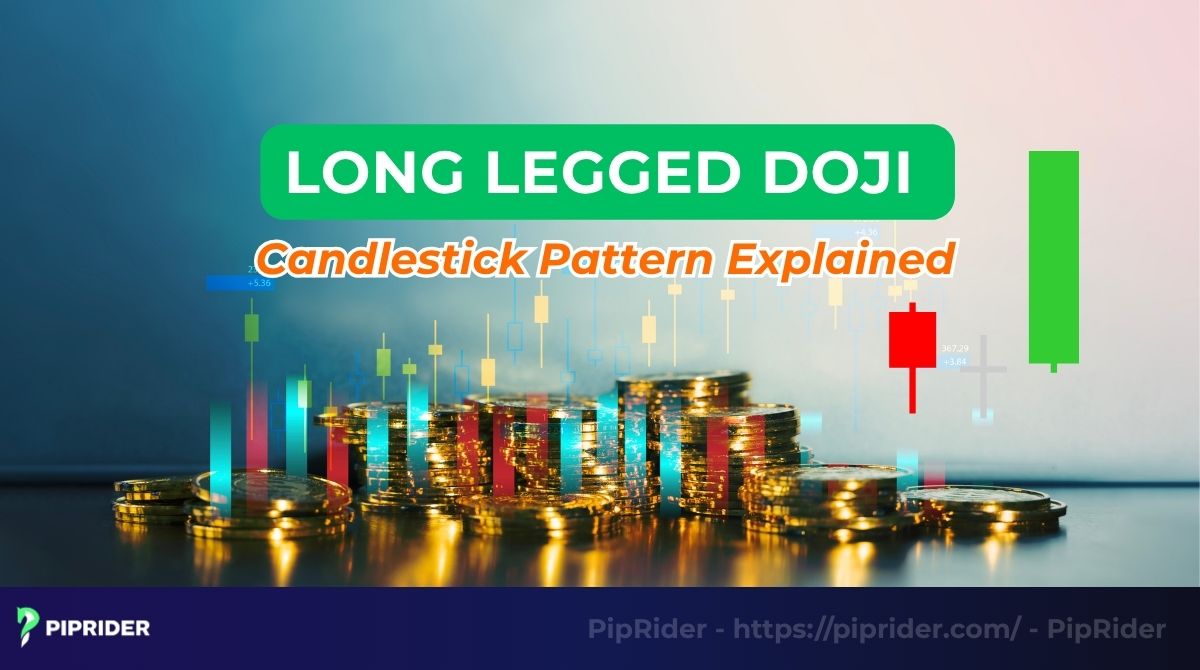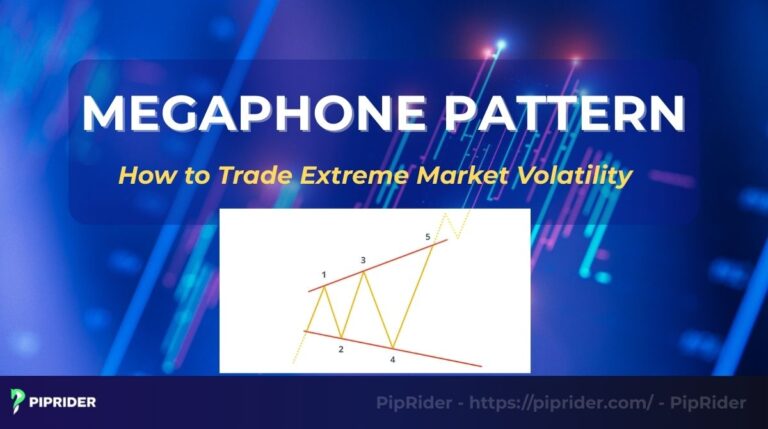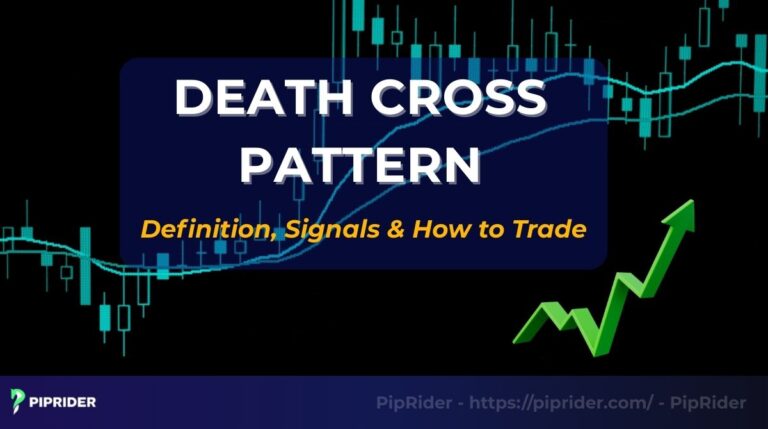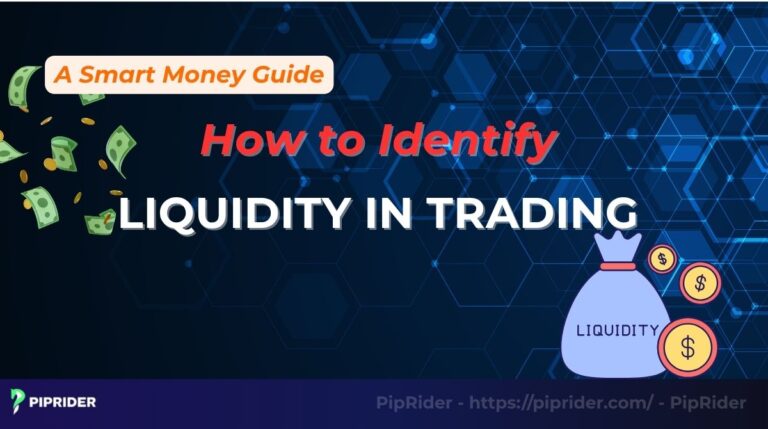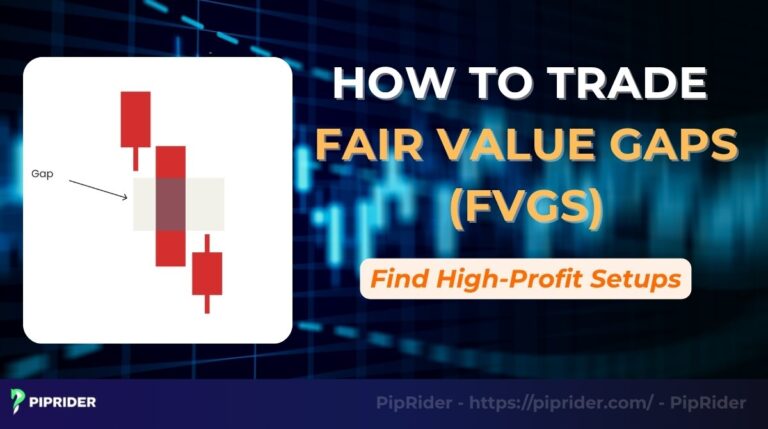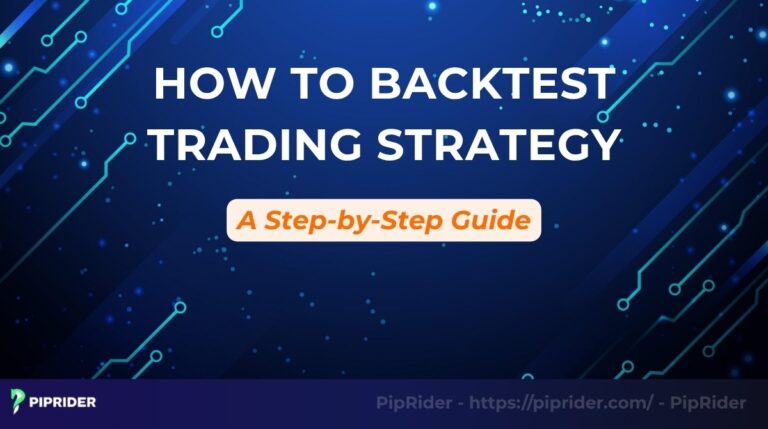The Long-Legged Doji (LLD) is a critical single-candlestick formation that signals a high-volume in the market. It is not a directional signal, but rather a powerful warning that the current trend’s momentum is exhausted. For experienced traders, recognizing this precise state of market neutrality at a key level is essential for defining low-risk, high-probability reversal setups.
This article will provide a comprehensive guide, detailing the market psychology, strict identification rules, and proven trading strategies to help traders execute high-accuracy orders based on this pivotal pattern.
Key Takeaways
- The LLD candlestick marks the precise point of maximum volatility and supply/demand equilibrium.
- The pattern is only valid for price reversal at major S/R levels or trend extremes.
- It is a neutral signal; the actual direction (bullish or bearish) is determined solely by the next confirmation candlestick.
- Traders must wait for the definitive close above the high or below the low of the LLD before entering a position.
- Boost accuracy by confirming the signal with high trading volume and technical indicators (like RSI/MACD Divergence).
1. What Is a Long Legged Doji?
A Long Legged Doji is a single candlestick pattern that signals market indecision and high volatility within a specific trading session. It is characterized by two defining structural elements: a near-zero real body and elongated, prominent shadows. Analyzing these components helps dissect the underlying market dynamics.

The Long Legged Doji visually resembles a plus sign or a cross with exceptionally long vertical arms. The horizontal arm (the real body) is situated near the middle, signifying that the opening price and the closing price are virtually identical.
1.1. Difference from a Standard Doji
The distinction is based on volatility. A Standard Doji has short shadows, suggesting limited price movement and mild indecision. The Long Legged Doji, by contrast, has shadows that are significantly longer, indicating an enormous range of motion during the trading session.
This confirms an intense, protracted battle between supply and demand, marking a definitive climax for this candlestick formation. The Long Legged Doji is a powerful candlestick pattern.
1.2. Why It Signals Strong Market Indecision
The Long Legged Doji pattern confirms a rare state known as Volatility Equilibrium. The long shadows are the visual record of failed attempts by both sides to secure a decisive close. This represents strong market indecision.
The failure to hold extremes confirms that a significant price movement failed to materialize into a trend, indicating maximum market indecision. Ultimately, mastering this signal requires proficiency in technical analysis from traders.
2. How a Long Legged Doji Candlestick Forms
Understanding the formation of a Long Legged Doji pattern is crucial. Its structure directly reflects a four-stage psychological battle between institutional forces, often signifying a dramatic shift in market control.
- Price opens and closes at nearly the same level: This forms the tiny, central real body. It is the visual evidence of the session’s ultimate indecisiveness, confirming that despite high activity, the net directional change was zero.
- Long upper and lower shadows: These represent the extreme high and low prices reached during the trading session. They are the footprint of the massive intraday tug-of-war. The symmetry of these shadows reinforces the equilibrium.
- Market psychology behind its creation: When a Long Legged Doji appears after a long uptrend, the long upper shadow represents the last failed surge of buying power. The opposite is true after a downtrend, where the long lower shadow confirms the rejection of lower prices.
This high degree of volatility confirms a significant price movement that ultimately resulted in neutrality for the candlestick pattern. Traders should interpret this as shifting sentiment.
Read more:
Top 21 Trading Patterns Every Trader Should Master in 2025
How To Trade Bearish Shooting Star Candlestick Pattern?
Gartley Patterns: A Trader’s Guide to Harmonic Chart Signals
3. Characteristics of a Long Legged Doji Candlestick
A valid Long Legged Doji Candlestick must possess specific, non-negotiable visual attributes. Failure to meet these criteria diminishes its reliability as a major reversal pattern, turning the potential signal into market noise.

- Very small or no real body: The opening and closing prices must be within a tiny fraction (typically less than 5%) of the session’s total range. This is the definition of true equilibrium.
- Long wicks both up and down: The shadows must be substantially larger than those of surrounding candlesticks and relatively balanced in length. Perfect balance is rare, but the imbalance should not be severe enough to reclassify it as a Dragonfly or Gravestone Doji.
- Appears after extended moves or in sideways ranges: The LLD’s significance is amplified when it materializes following parabolic moves or directly at tested support or resistance level (XS, n.d.). When appearing in a long sideways consolidation, it simply reaffirms the range boundaries and confirms that volatility is high but direction is absent, distinct from the tight consolidation of an inside bar.
4. What the Long Legged Doji Pattern Means in Trading
The Long Legged Doji candlestick meaning is purely contextual. Its interpretation shifts dramatically based on whether it appears at a trend extreme, near a support/resistance level, or within a consolidation phase. The following table summarizes the strategic implications based on the LLD’s context:
| Context of Appearance | Signal Interpretation | Trading Implication |
| At Trend Extremes (Peak/Trough) | Potential reversal indicator: Signals that the dominant force (bulls in an uptrend, bears in a downtrend) has exhausted its supply of capital and met an equally strong counter-force. | High-Probability Setup: Prepare for entry based on the confirmation candlestick. Focus on Divergence. |
| Near Support/Resistance (S/R) | S/R confirmation: The long shadows confirm the price is actively testing the level but failing to break it decisively. The LLD’s extreme shadow provides a definitive Line in the Sand for invalidation. | Boundary Confirmation: Use the LLD’s extreme shadow to place a tight, surgical stop-loss. |
| In a Ranging or Choppy Market | Continuation of indecision: Confirms a lack of directional clarity. The pattern is considered noise, often driven by low-impact news events or end-of-day positioning. | Avoidance: Stand aside until a definitive breakout occurs on increased volume. |
5. Long Legged Doji Colors and Variations
The visual properties beyond the shadows, specifically color and exact symmetry, offer secondary data, but experienced traders primarily focus on volatility and position.
5.1. Red vs Green Long Legged Doji: Does it Matter?
No. The color of the real body (Green/White indicating a close slightly above the open, Red/Black indicating a close slightly below the open) is statistically insignificant for the LLD, unlike the decisive nature of a marubozu candlestick pattern.
Traders must focus 99% on the length and position of the shadows, not the closing marginal price difference. Any difference between open and close is noise relative to the total range of the candlestick.
5.2. Accuracy and Interpretation Differences
The primary factor influencing accuracy is not color but the length of the shadows. The longer the shadows relative to the average candlestick size, the greater the underlying volatility and the more powerful the subsequent reversal signal (assuming confirmation). Furthermore, a perfect LLD (real body exactly at the center of the range) signals higher equilibrium than one where the body is slightly skewed towards one end.
6. When and Where the Long Legged Doji Candlestick Appears
The LLD is a universal pattern, frequently observed across highly liquid markets, but its reliability varies significantly based on the market structure and timeframe.
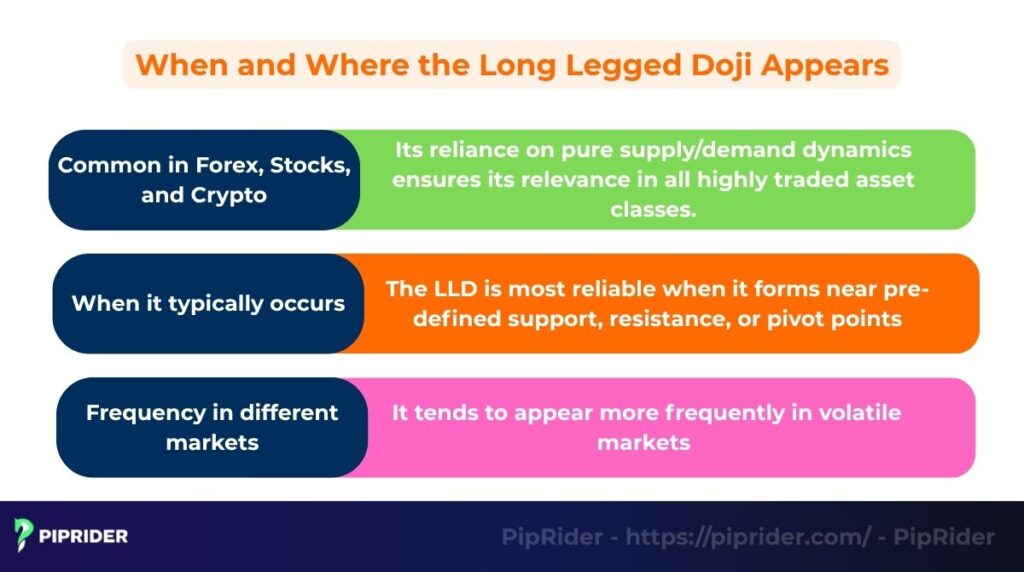
- Common in Forex, Stocks, and Crypto:
Its reliance on pure supply/demand dynamics ensures its relevance in all highly traded asset classes. It is particularly valuable in the 24-hour Forex and Crypto markets where liquidity fluctuations are constant.
- When it typically occurs:
The LLD is most reliable when it forms near pre-defined support, resistance, or pivot points, especially following a sharp, sustained significant price movement. Look for this pattern immediately following a candlestick with a Marubozu-like (full-bodied) appearance, as this transition from maximum momentum to maximum indecision is highly indicative of reversal.
- Frequency in different markets:
It tends to appear more frequently in volatile markets (e.g., highly leveraged Forex pairs or Cryptocurrency) due to rapid shifts in sentiment and execution of large stop orders, which create the long wicks. Higher timeframes (Daily/Weekly) make the LLD significantly more reliable due to the commitment of capital required to form such large ranges.
7. Example of Long Legged Doji Pattern on a Chart
To bridge theory and practice, the following high-probability scenario illustrates how the LLD acts as a pivot point and defines risk precisely at a critical weekly support level.
(Since an actual chart cannot be displayed, this description details a high-probability trade setup.)
- Scenario (EUR/USD, 4-Hour Chart): The pair has been in a sustained downtrend for three weeks, approaching a major weekly support level at 1.0800.
- The LLD Forms: A Long Legged Doji pattern forms, with the lower shadow piercing 1.0790 (testing below support) and the upper shadow reaching 1.0820. The close is 1.0805, demonstrating the price was forced back to the midline.
- Volume Analysis: The LLD formation occurs on twice the average trading volume, confirming massive liquidation by sellers and simultaneous aggressive buying by bulls protecting the support. This high volume validates the exhaustion signal.
- Confirmation Candle: The next 4-hour candlestick opens and closes decisively above the high of the LLD (1.0820). Crucially, this confirmation candlestick is a large, high-momentum bullish candlestick (e.g., a strong bullish Engulfing or Marubozu), confirming the commitment of buyers.
- Trend Reaction: This confirmation signals the downtrend is over, initiating a sharp bullish reversal move toward the next resistance at 1.0950. The LLD acted as the pivotal turning point, confirming seller exhaustion at the 1.0800 support.
8. How to Trade the Long Legged Doji Candlestick
Trading the LLD successfully requires discipline and adherence to strict confirmation and risk management protocols, transforming the neutral signal into a directional entry with a favorable Risk-Reward Ratio (RRR).
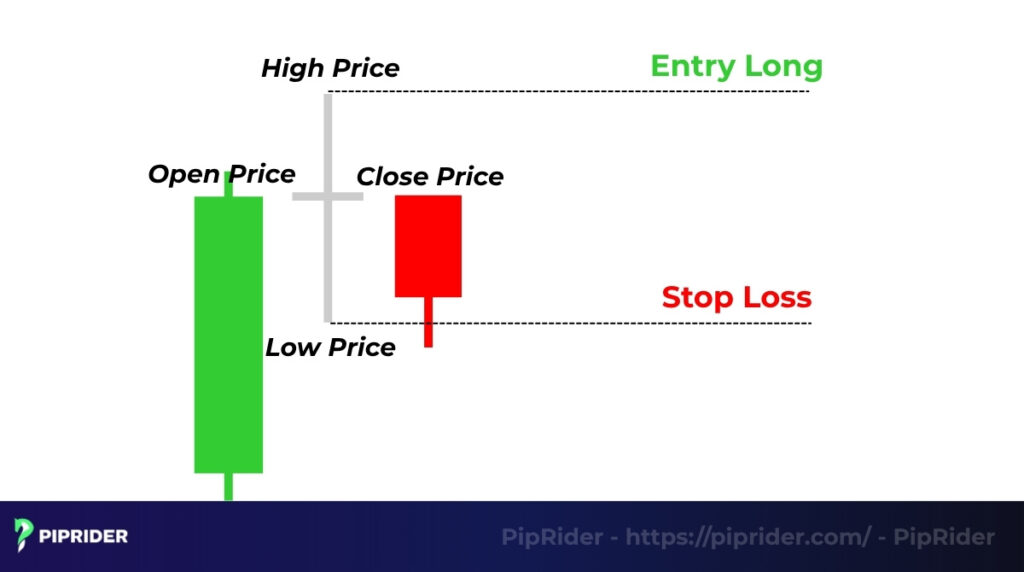
8.1. Wait for Confirmation from the Next Candle
This is the most critical step. The LLD pattern sets the boundary; the confirmation candlestick dictates the direction and the force of the potential reversal.
- Bearish Confirmation: The candlestick immediately following the LLD must close below the low of the LLD. Required Quality: The confirmation candlestick should ideally be a large-bodied bearish candlestick, showing strong selling pressure.
- Bullish Confirmation: The candlestick immediately following the LLD must close above the high of the LLD. Required Quality: The confirmation candlestick should ideally be a large-bodied bullish candlestick, showing strong buying pressure.
8.2. Entry Strategies Using Support and Resistance
The LLD’s neutral status requires traders to rely on the confirmation candlestick to determine direction. Once confirmed, the structure of the LLD provides two primary methods for entering the market, each balancing speed against risk-reward ratio (RRR).
- Breakout Entry: Enter the market immediately upon the close of the confirmation candlestick (a break of the LLD’s high for long, or low for short). This is the fastest entry but carries higher risk exposure.
- Limit Entry (Advanced – Midline Rule): For tighter risk and improved RRR, place a limit order at the LLD’s midline (Open/Close price). The expectation is that price will often retest the equilibrium point before moving decisively in the confirmed direction. This requires patience but offers the best entry point.
8.3. Stop-Loss and Take-Profit Placement
The LLD pattern is exceptional for defining risk because its extreme shadow provides a clear invalidation level, the “Line in the Sand.”
- Stop-Loss Placement: Place the stop-loss order precisely 1-2 ticks/pips beyond the LLD’s longest shadow (the extreme end). If the price breaches this extreme, the initial reversal thesis is invalidated, and the previous trend is likely resuming its aggressive significant price movement.
- Take-Profit Placement: Use traditional S/R levels or a fixed Risk-Reward Ratio (RRR). For volatile patterns like the LLD, aiming for a minimum of 1:2 or 1:3 from the entry point is standard practice, targeting the next major structure that held price previously.
8.4. Risk-Reward Example
If the LLD’s shadow defines a risk (distance between entry and SL) of 20 pips, and the trader uses the advanced Midline Entry (reducing risk exposure to, say, 10 pips), the trader should target a Take Profit of at least 30 to 50 pips to achieve an optimized RRR of 1:3 to 1:5. This requires careful technical analysis by traders.
9. Advantages and Disadvantages of the Pattern
Like any analytical tool, the LLD presents both significant benefits and inherent limitations that experienced traders must acknowledge for effective use, especially when managing risk in volatile conditions.
| Strengths (Advantages) | Weaknesses (Disadvantages) |
| Clear Signal of Indecision: Uniquely identifies market exhaustion after an aggressive significant price movement. | Needs Confirmation: Dangerous to trade in isolation; requires the subsequent candlestick to confirm direction. |
| Precise Risk Definition: The long shadow provides a clear, objective level for surgical Stop-Loss placement. | Prone to False Signals: Appears frequently in choppy, low-liquidity markets where its meaning is purely noise. |
| High RRR Potential: Due to the tight stop-loss placement, confirmed LLD setups often yield high risk-reward ratios. | Context is Overlooked: Experienced traders must always verify the LLD against the dominant trend (Daily/Weekly) before entering based on a lower timeframe signal. |
10. Long Legged Doji vs Other Candlestick Patterns
Distinguishing the LLD from similar patterns is crucial for correct market interpretation, especially differentiating between neutral exhaustion (LLD) and directional rejection (Dragonfly/Gravestone). This is an essential part of technical analysis.
| Pattern | Key Differentiator | Intent/Direction |
| Long Legged Doji | Balanced, Long Shadows | Neutral (Exhaustion & Volatility) |
| Dragonfly Doji | Long Lower Shadow, No Upper Shadow | Strong Bullish (Rejection of low) |
| Gravestone Doji | Long Upper Shadow, No Lower Shadow | Strong Bearish (Rejection of high) |
| Standard Doji | Short Shadows | Neutral (Low Volatility Indecision) |
| Spinning Top | Small Real Body, Short/Medium Shadows | Weak Indecision (Less conviction/volatility than LLD) |
11. Tips to Improve Accuracy
Relying solely on the visual pattern is insufficient. High-conviction trades involving the LLD demand convergence with key technical indicators and volume analysis to filter out false signals.
11.1. Combine with Indicators (RSI, MACD, Moving Averages)
The LLD is most potent when it completes a Divergence. Look for the price to make a new high (or low) while the RSI or MACD fails to follow suit. If the LLD formation occurs at this point, the reversal signal is significantly validated, as it confirms the momentum is already failing internally.
Also, ensure the LLD formation is occurring either at a Moving Average (MA) confluence or a major psychological level (e.g., round number). This approach is key to effective technical analysis.
11.2. Confirm with Trading Volume
High volume during the LLD’s formation confirms that the stalemate was based on a massive exchange of shares/contracts, indicating institutional participation and making the exhaustion signal more reliable. Low volume LLDs are noise. This reflects the intense sentiment battle.
11.3. Avoid Relying on it in Sideways/Choppy Markets
Do not use the LLD pattern as a primary entry signal unless the market is clearly trending. Its power is derived from its ability to stop an established significant price movement.
12. Common Mistakes to Avoid
Even experienced traders can misinterpret this pattern due to focusing on the shape rather than the context. Avoiding these common pitfalls maximizes the LLD’s predictive value and protects capital.
- Trading the pattern without confirmation: This is the most common error. The LLD only shows potential; the next candlestick shows commitment. Always wait for the close of the confirmation candlestick.
- Confusing it with similar candle types: Misinterpreting a Gravestone Doji (bearish) as a simple LLD (neutral) can lead to premature, high-risk short entries, especially if the upper shadow is clearly dominant.
- Ignoring the broader trend context: Entering a short trade based on an LLD on the 1-hour chart when the overall trend (Daily/Weekly chart) is massively bullish is trading against the macro flow, which often results in stop-out. Always check the next higher timeframe.
13. FAQs
Below are quick, direct answers to the most frequent and critical questions surrounding the use and reliability of the Long-Legged Doji (LLD).
14. Conclusion
The Long Legged Doji pattern is a crucial diagnostic tool, identifying the exact moment supply and demand forces hit maximum equilibrium. Remember these key principles: Context, Divergence, and Confirmation are essential. Never trade the LLD in isolation. Instead, use its long shadows for precise stop-loss placement, patiently wait for directional commitment, and integrate it with volume/momentum indicators for high-probability execution. Mastering the LLD helps you move from simply observing price to anticipating pivotal market turns.
To further master identifying market reversals and momentum shifts, explore our comprehensive collection of detailed guides. See more strategies and in-depth analysis on other key formations in the Analysis section of Piprider.


